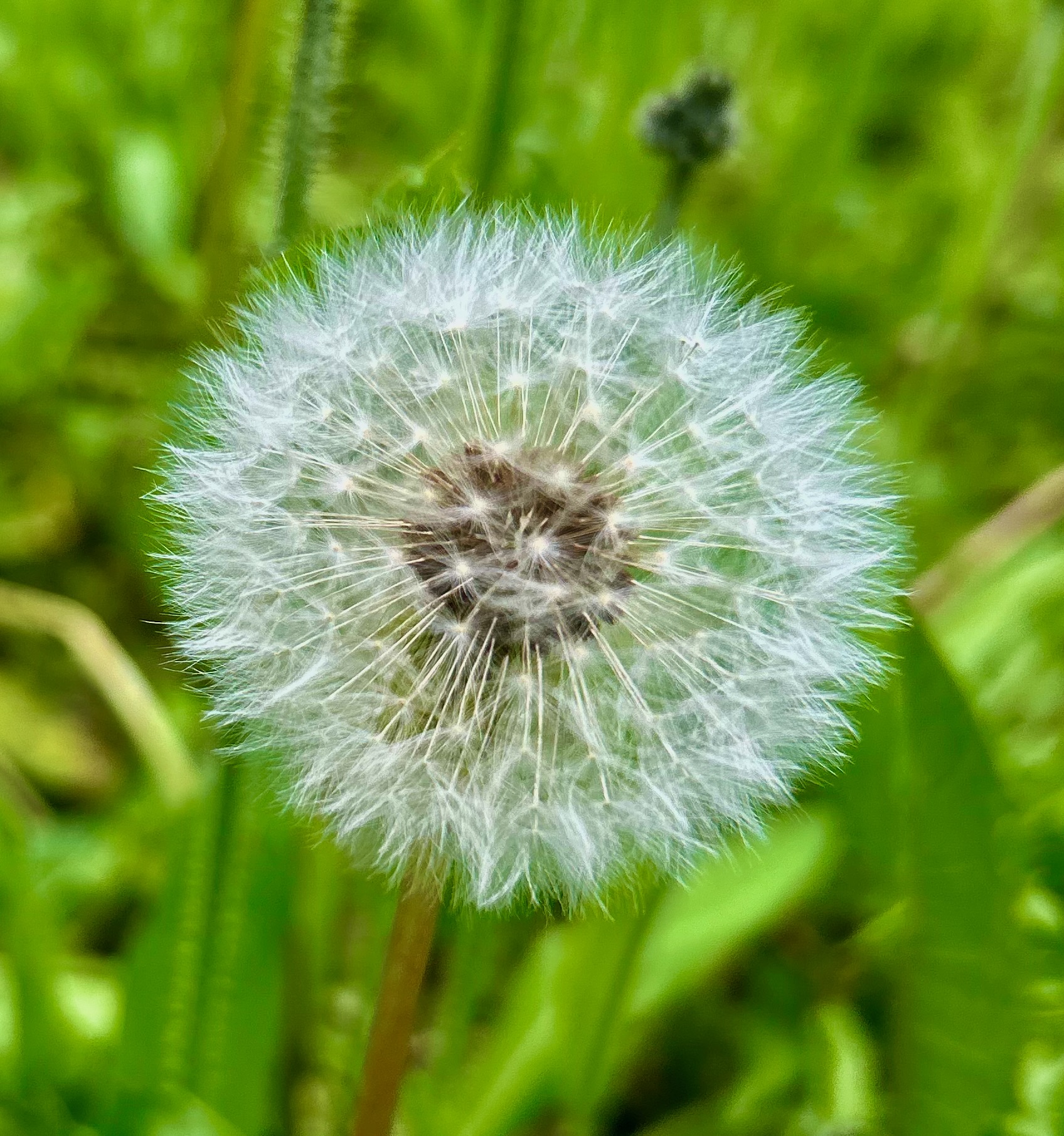Teaching(s) From Dis-ease: Grieving, Teaching and Surrender
DOI:
https://doi.org/10.25071/1916-4467.40789Keywords:
Indigenous Métissage; poems; poetic inquiry; Indigenous research; pandemicAbstract
This work is a conversation with my fears and wonder in the early days of the COVID pandemic, in which I had to live and work as a high school teacher, parent, scholar and artist. Through the weaving of my poems, paintings and life writing in an Indigenous Métissage, I reached for the teachings I have learned from my Elders and Ancestors, longing to find ways to stay human during those most inhumane days, when dis-ease was worsened by social injustice. Through the refracted world of the pandemic came the distressing news of recoveries of unmarked graves at the sites of former residential schools for Indigenous children. This news re-wrote me, unwound me, and re-routed the direction I longed to go to make learning spaces better for youth. Through poetic inquiry, I attempted to process these findings and asked Creator and All My Relations, how to be useful to the work of healing in this dis-ease.
References
Absolon, K., & Willett, C. (2005). Putting ourselves forward: Location in Aboriginal research. In L. Brown & S. Strega (Eds.), Research as resistance: Critical, Indigenous and anti-oppressive approaches (pp. 97-126). Canadian Scholars Press.
Archibald, J. (2008). Indigenous storywork: Educating the heart, mind, body, and spirit. University of British Columbia Press. DOI: https://doi.org/10.59962/9780774855440
Cameron, J. (1992). The artist’s way: A spiritual path to higher creativity. Jeremy P. Tarcher.
Cameron, J. (2024). The artist’s way [promotional website]. https://juliacameronlive.com/basic-tools/morning-pages/
Donald, D. (2012). Indigenous métissage: A decolonizing research sensibility. International Journal of Qualitative Studies in Education, 25(5), 533-555. https://ir.lib.uwo.ca/cgi/ viewcontent.cgi?article=1275&context=aprci DOI: https://doi.org/10.1080/09518398.2011.554449
Eneas, B. (2021, June 24). Saskatchewan First Nation announces discovery of 751 unmarked graves near former residential school. CBC News. https://www.cbc.ca/news/canada/saskatchewan/ cowessess-marieval-indian-residential-school-news-1.6078375
Harvard University School of Law. (2023, January 26). A brief history of civil rights in the United States: The Black Lives Matter movement. Howard University School of Law. https://library.law.howard.edu/civilrightshistory/BLM
Hasebe-Ludt, E., Chambers, C., & Leggo, C. D. (2009). Life writing and literary métissage as an ethos for our time. Peter Lang.
Kovach, M. (2021). Indigenous methodologies: Characteristics, conversations, and context (2nd ed.). University of Toronto Press.
Leggo, C. (2015). Loving language: A poet’s vocation and vision. In S. Walsh, B. Bickel, & C. Leggo (Eds.), Arts-based and contemplative practices in research and teaching: Honoring presence. Routledge.
Lichtenberg-Ettinger, B. (1999). Traumatic wit(h)ness-thing and matrixial co/in-habit(u)ating 1. Parallax, 5(1), 89-98. https://doi.org/10.1080/135346499249911 DOI: https://doi.org/10.1080/135346499249911
Wilson, S. (2008). Research is ceremony: Indigenous research methods. Fernwood.
Stolt, K. (2021, July 2). The thousand-yard stare: Taking a frightening look at combat trauma over the years. Medium. https://kstolt.medium.com/the-thousand-yard-stare-b8eae90ec634
Truth and Reconciliation Commission of Canada. (2015). Canada’s residential schools: Missing children and unmarked burials. McGill-Queen’s University. https://publications.gc.ca/collections/collection_2015/trc/IR4-9-4-2015-eng.pdf
Downloads
Published
How to Cite
Issue
Section
License
Copyright (c) 2024 Ramona Elke

This work is licensed under a Creative Commons Attribution-ShareAlike 4.0 International License.

Copyright for work published in JCACS belongs to the authors. All work is licensed under a Creative Commons Attribution-ShareAlike 4.0 International license.


